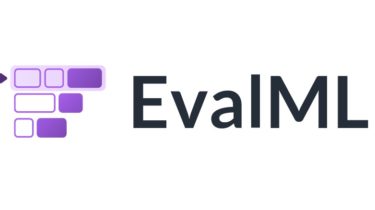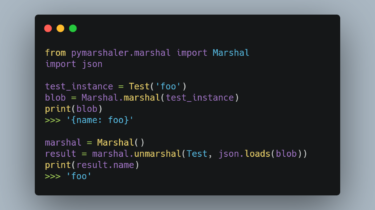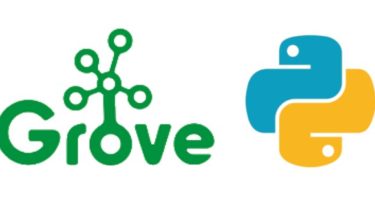Quality Estimation without Human-labeled Data
April 21, 2021 By: Yi-Lin Tuan, Ahmed El-Kishky, Adithya Renduchintala, Vishrav Chaudhary, Francisco Guzmán, Lucia Specia Abstract Quality estimation aims to measure the quality of translated content without access to a reference translation. This is crucial for machine translation systems in real-world scenarios where high-quality translation is needed. While many approaches exist for quality estimation, they are based on supervised machine learning requiring costly human labelled data. As an alternative, we propose a technique that does not rely on examples […]
Read more





